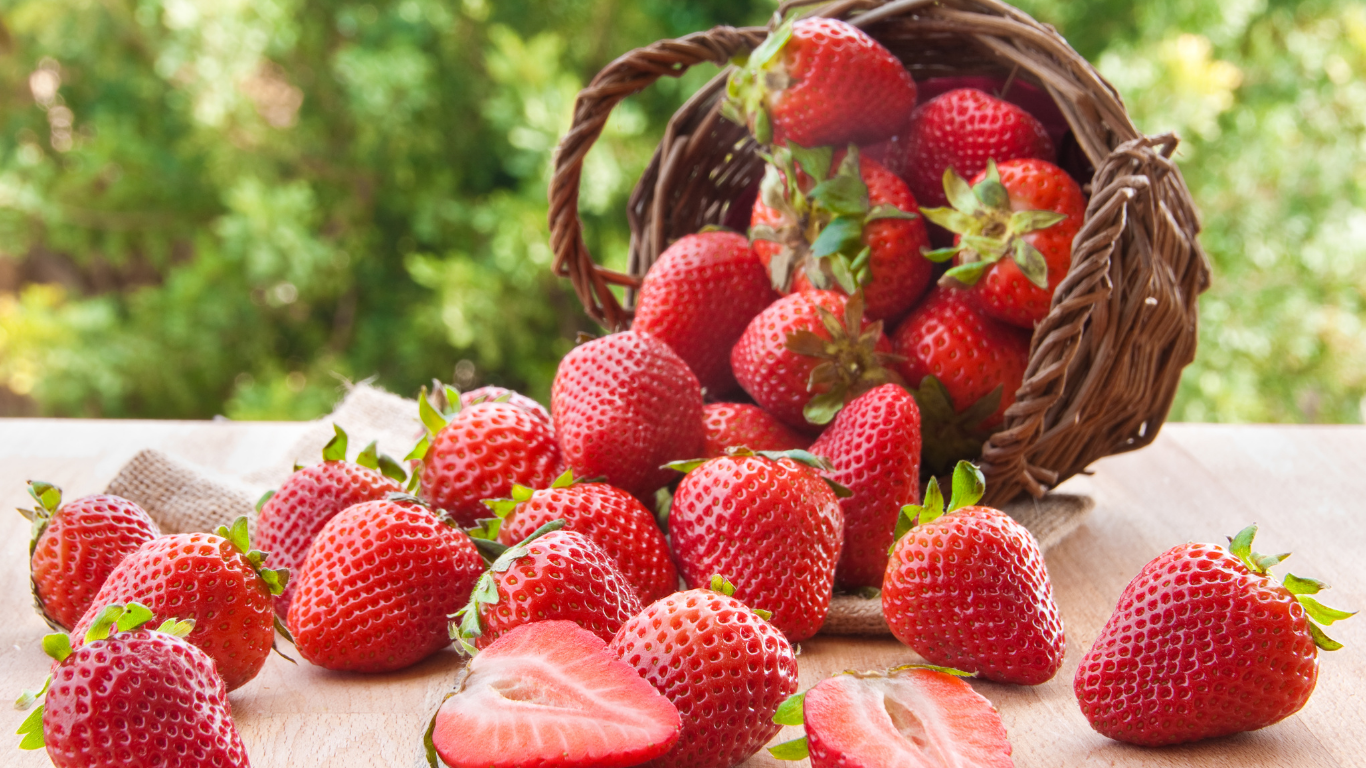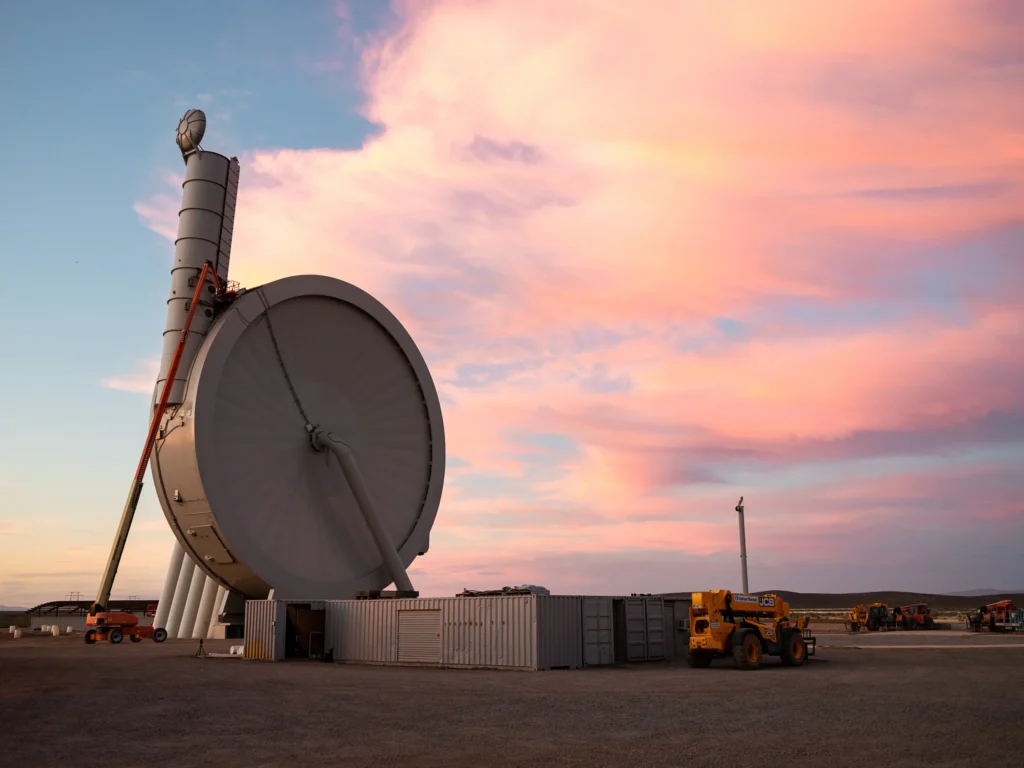“What if your next strawberry was grown not in a field, but on a giant spinning wheel, picked by a robot?”
This is not science fiction; it is real and it is occurring in the UK. Dyson, a tech firm known for manufacturing powerful vacuum cleaners, bladeless fans and air purifiers, has made a huge move into farming. But this is not normal farming. Dyson has made a huge robot-powered system to produce strawberries. It is one of the most cutting-edge things you will ever see.
Let us take a deeper look at how big wheels, LED lights and clever robots are transforming the way strawberries are cultivated.
Why Is Dyson Growing Strawberries?
It might seem strange at first that a business like Dyson is getting into farming. But it makes sense. Dyson is more than simply a vacuum cleaner firm; it is a tech company that likes to solve issues. Farming has some huge problems that technology may help fix, especially in a world where climate change, increased food demand and limited land are all problems.
The weather has a big impact on producing strawberries outside in the UK. The crop might be harmed by too much rain or not enough sun. Traditional farming also requires a lot of land, water, and hard work. Dyson wants to grow strawberries in a high-tech controlled environment where robots perform most of the labour and the weather is not a concern anymore.
Inside Dyson’s High-Tech Strawberry Farm: What It Looks Like and How It Works
Picture a greenhouse with huge wheels that revolve around. Each wheel is the size of a double-decker bus. Strawberry plants are cultivated vertically in rows on these wheels. Robots and artificial intelligence (AI) control the system while unique lighting helps the plants grow quicker and healthier.
Here is how it works:
1. Rotating Rigs (Giant Wheels)
The strawberry plants are put on big round rigs that turn slowly. These setups make good use of space. As the wheel spins, the plants on the inside get the same amount of light and attention. This design also makes it easier for robots to get to all the plants.
2. LED Lighting
Dyson does not depend on sunshine. Instead, it employs energy-efficient LED lights that beam at the right wavelength for plants to thrive. This implies that strawberries may develop quicker even when it is cold or foggy outdoors.
3. Robots and AI
This is where the true magic happens. AI-powered robots keep an eye on the strawberries as they mature. The AI can identify when a fruit is fully ripe and ready to be harvested. The robot arm then carefully selects the fruit much like a human hand would but with higher accuracy and no need for rest.

What Are the Benefits of Dyson’s Strawberry Farm?
Dyson’s smart farming system offers several big advantages:
- Grows Strawberries All Year Round
Strawberries can be produced all year round since the farm is indoors and employs artificial lights. This implies that individuals in the UK will have access to more fresh local food all year round.
- Uses Less Water and Land
Vertical farms do not need as much room as regular fields. Dyson’s technology also recycles water which makes it work better. That is excellent news for the planet.
- Reduces Food Waste
There is less waste since the AI can only select the ripest fruit at the proper moment. Strawberries that are too ripe or too green will not go bad before they get to the market.
- Solves Labor Shortages
Farming is hard labour and there are not enough competent workers in many regions. Robots can perform the picking without becoming fatigued thus they can cover the void.
- Protects Crops from Pests and Weather
The strawberries are secure from storms, bugs and plant illnesses because everything happens inside. They do not need dangerous chemicals.
Can This Be the Future of Farming?
What Dyson is doing might look like a cool scientific project but it might be the way the whole globe farms in the future.
Vertical farming and smart greenhouses might let people produce food close to where they live as cities get bigger and countryside gets less. Thanks to technology, it can be done with less natural resources, less waste and without having to worry about the weather.
We can already see vertical farms that grow lettuce, herbs and other lush greens. But strawberries are difficult to produce since they are fragile and have to be plucked by hand. That is why Dyson’s robotic pickers are so important: they have solved a challenge that many others are still trying to solve.

What’s Next for Dyson Farming?
Dyson is trying out this method in their high-tech farm in the UK and they are already seeing fantastic results. They could cultivate different fruits or vegetables in the future. They might even take the technique to other nations where it is hard to get enough food.
This initiative is part of Dyson’s long-term plan to invest in farming technologies. The corporation has already spent millions of dollars making robots and AI systems and it has a lot of engineers working on tech-based solutions to farming challenges.
Conclusion
This is not only amazing; it is also sensible. Strawberries grown on gigantic wheels, plucked by robots and lighted by LEDs. Dyson’s high-tech strawberry farm shows us how new ideas may assist with challenges like climate change, food production and a lack of workers.
This sort of technology might not replace all traditional farming but it is a very useful tool for the future especially in cities or places with bad weather.
When you eat a strawberry next time think about how a robot meticulously picked it out specifically for you from a wheel of green and red. The future of farming is here and it tastes better than ever.



